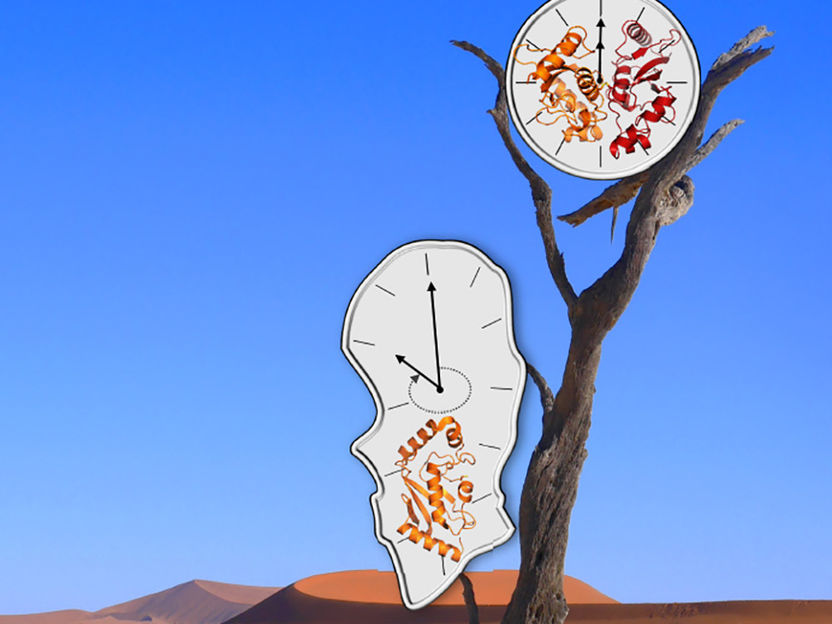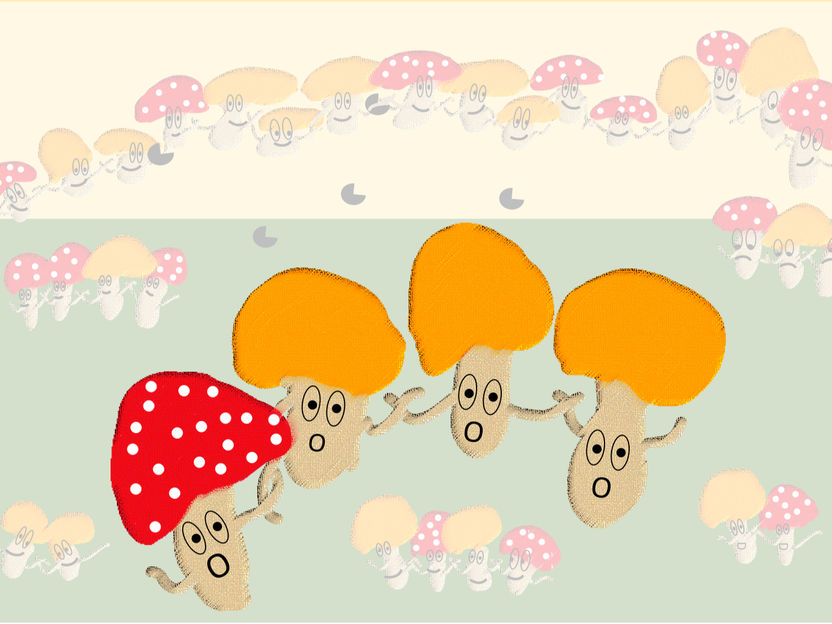Nothing fishy about swimming with same-sized mates
Same-sized fish stick together, using chemical cues to identify each other
Have you ever wondered why, and how, shoals of fish are comprised of fish of the same size? According to new research by Ashley Ward, from the University of Sydney in Australia, and Suzanne Currie, from Mount Allison University in Canada, fish can use a variety of different sensory cues to locate shoal-mates, but they are able to use chemical cues to find other fish of the same size as themselves. Using these cues, they can form a group with strength in numbers.
Forming groups is beneficial for animals. One important benefit is the reduction of individual risk from predators. Indeed when animals are in groups, predators are confronted by a number of almost identical prey animals, making it more challenging to select a target.
Dr. Ward said, "Fish typically form shoals with fish of the same size. The key question that motivated our study is this: How on earth does a fish know how big it is? For humans this is trivial - we can stand on a flat surface and see whether we're taller or shorter than someone, or we can look in a mirror. These options don't exist for fish, so how do they choose to associate with fish of the same size?"
The scientists explored which of their senses fish use both to assess the size of other individuals, and to determine how big they are themselves. They studied two freshwater shoaling fish species: three-spined stickleback and banded killfish. In a series of experiments, they exposed the fish to a variety of chemical cues - either from fish of the same species of varying sizes or a control, so-called 'blank' cue. Chemical cues are formed as fish constantly emit molecules into their surroundings.
Ward continued, "We know the sense of smell is well developed in fish and that they are sensitive to tiny differences in the chemical signature given off by others. So could they smell how big they are themselves and use this as a template to assess the size of others? It seems they can."
Both species of shoaling fish preferred the chemical cues of same-sized fish than those of larger or smaller fish from their own species. This suggests that the fish were able to determine their own size relative to other fish of the same species, primarily through chemical self-referencing.
"Using chemical cues to locate similarly sized fish of the same species in the wild promotes the formation of shoals, which creates confusion for predators as well as more coordinated, and potentially efficient, patterns of behavior for both activity and nutrition," concluded Ward.
Original publication
Other news from the department science

Get the life science industry in your inbox
By submitting this form you agree that LUMITOS AG will send you the newsletter(s) selected above by email. Your data will not be passed on to third parties. Your data will be stored and processed in accordance with our data protection regulations. LUMITOS may contact you by email for the purpose of advertising or market and opinion surveys. You can revoke your consent at any time without giving reasons to LUMITOS AG, Ernst-Augustin-Str. 2, 12489 Berlin, Germany or by e-mail at revoke@lumitos.com with effect for the future. In addition, each email contains a link to unsubscribe from the corresponding newsletter.
More news from our other portals
Last viewed contents
Acacia_nilotica

It’s all about the right balance - New findings provide a structural framework for the development of new cancer-therapeutic strategies
List_of_whale_species
TiGenix starts Phase I trial of Cx611 in severe sepsis

Researchers discover vaccine to strengthen the immune system of plants - Deciphering the sugar code
AC Immune raises CHF 40 million in successful round C - Key appointments of Chief Financial Officer and Chief Medical Director
Basal_(medicine)
Non-peptidic_antigen


















































